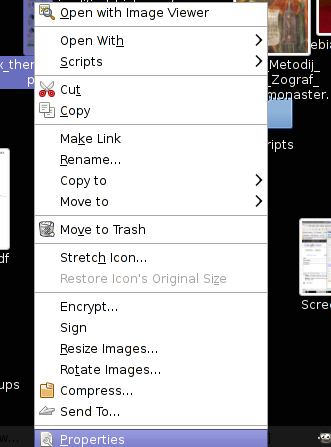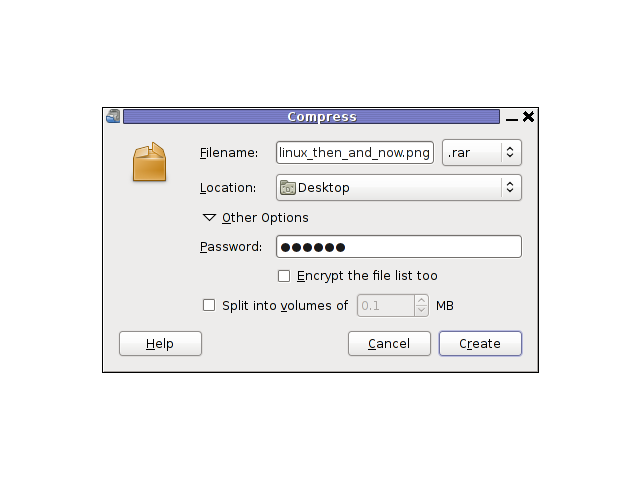
These days it’s ultra modern in Business and Business Communities, that the way business is made or business possibilities are discussed are directly influenced by altered understanding of Buddhistic world views.
Today less and less people realize that the modern day Western and Eastern Christian countries are rapidly loosing their Christian mark.
It was Christianity and Christian philosophy, thanks to which Christian countries has advanced to the material goodness level, architectural greatness, science improvements and civilization achievements that we the Europeans and other Western societies like Americans enjoy today.
As time ticks on the world is constantly becoming more and more Anti-Christian. From the times when Christianity was officially wide-spread and accepted and being a Christian was a sign for personal qualities and goodness, it’s now considered to be almost a crime or being insane if you have faith in Jesus Christ as God’s Son and a Saviour of mankind.
Business ethics practices from the past, which were often based on Christian ethics has also seriously changed these days.
It was due to Christianity and the Christian civillization due to which we had a dozens of genuine musician like: J. S. Bach, Beethoven, Verdi, Brahms, Tschaikovsky etc. the list of great people and musicians goes innumerous here.
The Roman Catholic and Easter Orthodox Christians thanks to which works, science has advanced is also innumerous, just to name a few for instance:
Nicolaus Copernicus, Galileo Galilei, Max Planck, Marie Curie, Theodosius Dobzhansky, Isaac Newton, James Clerk Maxwell, Johannes Kepler
again this is just a small chunk of all the great Christian people who by their talents has revolutionized the world for good.
However nowdays education is changed seriously and as many people should have noticed Christianity and historic relation between science and Christianity is trying to be covered.
Moreover the historic importance of Christian faith and it’s surrounding philosophy is forgotten, not to mention that officially the history of the world until the 18 century is mostly, a history of Christianity and it’s influence on society.
In these days of Christian apostacy, many of the business people in their look up for ways to become superior and rule over the masses has turned into various long forgotten sects and heresies which were publicly announced by ancient Christian Church as body and soul destroying dangerous teachings.
It’s trendy today that the confucionism or hindu influenced beliefs about the world and the way stuff works, are preached and used in businesses and business organizations.

It’s classics nowdays that people run a business, after building a group of people, over which hierarchical manipulation based leadership is exercised.
Most oftenly people who enter into a new business field, try build a groups of people who are introduced without having conscious idea to veiled alterated buddhistic philosophy to match certain people’s idea or beliefs about the world.
These groups usually consist of people ranging from hundereds to thousands. Usually each of these business groups created, has a leader who is both leader in terms of (being the group boss / executive) and also a spiritual leader.
Interaction between the group members are purely based on manipulation. People are teached they have some special sensitivity for the surrounding environment which they can develop.
They’re teached they must always be positive, the group leaders (teachers) does try to suggest to the group what the group members understanding of positive should be.
In those business groups, people are taught by the leaders to be positive, while the leaders themselves are not positive (one cannot be positive without God!). People are constantly told “be positive”, “be positive”, while the people who teach them this are not positive at all and evil often cruel!
In other words group members are being re-taught the basics of how they perceive themselves and how they should perceive the world around them in a light that fits well with the business organization they’re membering in.
Consequently people are taught to loose their ego.

This is one of the most essential parts of this modern day business false teachings. In reality loosing the ego is loosing one’s standing ground and through that the person in the group becomes easily manipulated by other group members.
When people loose their ego basicly they loose their protection against being easily manipulated, they loose their idea about what is good and what is bad, what is right and what is wrong and who in reality they’re.
I believe also the no-ego philosophy has also a straight relation with the modern day society problem of NO IDENTITY issue , I have previously blogged about.
Being exposed to this “business” approaches in that poor state one start easily accepting suggestions from the group leaders or other group members and could end up in a state where he is totally manipulated (a spiritual slave of the group leader GURU).
After time passes and a person is involved in so many meetings, the group members gets so much bounded together that they have to constantly meet each other and discuss things, (often senseless things), nevertheless the pointlessness of the many discussions this meetings starts giving them the feeling of great importance or in other words reveals them the ultimate life meaning.
Consequently, when the new business group entity is tight enough, the group is instructed by the leaders about what kind of business moves will be best for each of the group individuals and the overall business the group belongs to.
At this state each of the members should obey wholeheartedly, if somebody tries to question the leadership decisions, the leader does incite the whole group members against the disobeying member and usually the members gets destroyed.
These business group building philophy is also influenced by antrophology and observence of animal behaviour’s let’s say coyottes or wolves.
In animal world usually each pack of wolves had their leader and the pack only attacks if the leader hits and if the whole group is together.
Same kind of thing comes to business built entities based on this loose your ego / no-ego philosophies.

A lot of pseudo beliefs about para-psychology and experimental western psychology is also involved and preached to the group members.
Loosing the ego philosophy in Business is directly influenced by buddhistic idea about Nirvana and spilling the self in the ultimate worldly reality (e.g. becoming one with the whole nature).
This kind of belief is seriously anti-christian and against the spiritual goal in christianity which is not the emptiness like in buddhism and the other eastern religions, but the goal is fullness in God.
We the Christians are striving to fill ourselves with God’s Spirit – The Holy Spirit, whether buddhists are trying to empty themselves by everything that’s binding them to reality (obviously they also try to empty themselves by God who has initially created man as his vessel).
Also in business, I’ve noticed in my experience that it’s common people who are taught business in universities or are introduced to business are taught philosophies which are very typical for western buddhist teachings.
Just like in buddhism people are taught there is no absolute good or evil and there is no good and bad and everything one does is good, if he sees it as good (we’re the one who define our lifes and realities)!!
Think for a while and see for yourself how insane this kind of philosophy is, let’s say I kill a man who I hate, that’s fine according to this philo because I believe this man’s existence was not good in my view and his unexistence will make the world a better place, since I believe it’s that way then it’s that way DOT!!!As a Christian I must confess this is ULTIMATE INSANITY, AN ULTIMATE LIE obviously inspired by the evil which is an enemy to us the Christians as the Holy Bible teaches.
This kind of “no good and bad” philosophy is a hidden assault against our Christian roots society, faith and civillization. In Christianity we’re clearly taught there is ultimate good an ultimate evil and there is no in between!
We are also taught one can become part of the ultimate good or ultimate evil by his daily choice, e.g. (get closer to God and his Holy Angels or distance himself from God and come near the devil and his fallen angels).
Mixing spirituality and business concepts has become a sad reality of our age, I’ve seen many books being sold which were claiming to teach, “how to do business based on Zen Buddhism and other eastern religions and philosophies.
What’s even worse is that people who are involved into this kind of “innovative” taught business approaches guarantee themselves to get exposed to the ultimate evil spirituality (devilish spiritual influence), as they openly reject God’s dominion over one’s self and the world around them.
The good news is that they’re many Christian Business communities as I’ve checked online, there are many people yet who do their best to do business with other Christians or people who still keep the Christian faith and morale.












